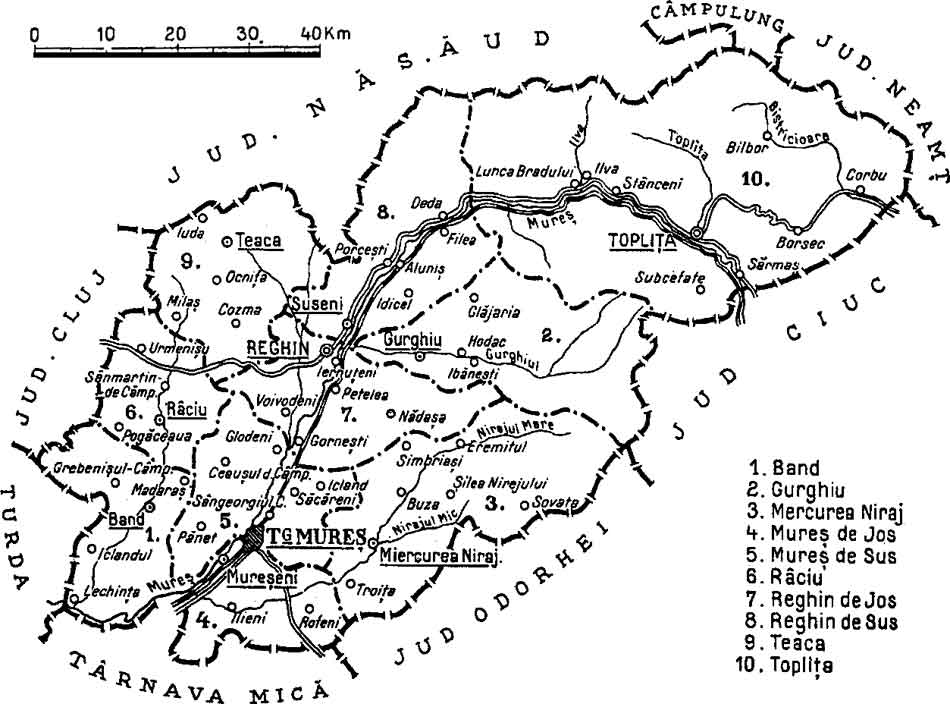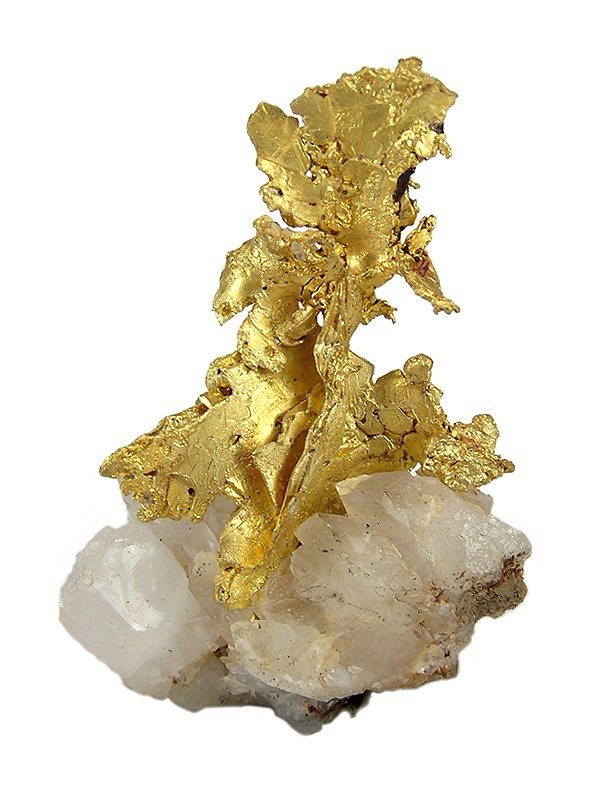|
Alsó-Fehér County
Alsó-Fehér was an administrative county (comitatus) of the Kingdom of Hungary. Its territory is now in western Romania (central Transylvania). The latest capital of the county was Nagyenyed (present-day Aiud). Geography Alsó-Fehér county shared borders with Hunyad, Torda-Aranyos, Kis-Küküllő, Nagy-Küküllő and Szeben counties. The rivers Mureș and Târnava flowed through the county. Its area was 3,576.5 km2 around 1910. History Alsó-Fehér (Lower Fehér) county was formed when Fehér county was split in 1744 (the other half, Felső-Fehér county, consisted entirely of enclaves between Székely and Saxon ''seats''). In 1876, when the administrative structure of Transylvania was changed, the territory of Alsó-Fehér was modified and parts of it were annexed to the counties of Torda-Aranyos and Seben (during the same administrative reform, Felső-Fehér county was entirely abolished and merged with other counties). In 1920, the Treaty of Trianon assigned the ... [...More Info...] [...Related Items...] OR: [Wikipedia] [Google] [Baidu] |
Comitatus (Kingdom Of Hungary)
Comitatus may refer to: *Comitatus (warband), a Germanic warband who follow a leader * ''Comitatus'', the office of a Roman or Frankish comes, translated as count. * ''Comitatus'', translated as county, a territory such as governed by medieval counts. * Comitatus (Kingdom of Hungary), counties in the Kingdom of Hungary * Comitatenses, armies of the late Roman Empire * Posse comitatus (other), various meanings See also * * Retinue, a body of persons "retained" in the service of a noble or royal person {{disambiguation ... [...More Info...] [...Related Items...] OR: [Wikipedia] [Google] [Baidu] |
Seat (administrative Division)
Seats (, , , ) were administrative divisions in the medieval Kingdom of Hungary. The seats were autonomous regions within the Kingdom, and were independent from the feudal county system. Their autonomy was granted in return for the military services they provided to the Hungarian Kings. The following divisions were at one point Székely seats: * Marosszék * Udvarhelyszék * Csíkszék * Gyergyószék * * Sepsiszék * Orbaiszék * Kézdiszék * Aranyosszék Seats were formed by the: * Székelys * Transylvanian Saxons * Cumans The Cumans or Kumans were a Turkic people, Turkic nomadic people from Central Asia comprising the western branch of the Cumania, Cuman–Kipchak confederation who spoke the Cuman language. They are referred to as Polovtsians (''Polovtsy'') in Ru ... * Jassic people * Ten Lance Bearers Most seats gave up their autonomous status and military traditions in late medieval times and paid tax instead. Medieval Kingdom of Hungary Former admi ... [...More Info...] [...Related Items...] OR: [Wikipedia] [Google] [Baidu] |
Eastern Orthodox Church
The Eastern Orthodox Church, officially the Orthodox Catholic Church, and also called the Greek Orthodox Church or simply the Orthodox Church, is List of Christian denominations by number of members, one of the three major doctrinal and jurisdictional groups of Christianity, with approximately 230 million baptised members. It operates as a Communion (Christian), communion of autocephalous churches, each governed by its Bishop (Orthodox Church), bishops via local Holy Synod, synods. The church has no central doctrinal or governmental authority analogous to the pope of the Catholic Church. Nevertheless, the Ecumenical Patriarch of Constantinople is recognised by them as ''primus inter pares'' (), a title held by the patriarch of Rome prior to 1054. As one of the oldest surviving religious institutions in the world, the Eastern Orthodox Church has played an especially prominent role in the history and culture of Eastern Europe, Eastern and Southeastern Europe. Since 2018, the ... [...More Info...] [...Related Items...] OR: [Wikipedia] [Google] [Baidu] |
Religion
Religion is a range of social system, social-cultural systems, including designated religious behaviour, behaviors and practices, morals, beliefs, worldviews, religious text, texts, sanctified places, prophecies, ethics in religion, ethics, or religious organization, organizations, that generally relate humanity to supernatural, transcendence (religion), transcendental, and spirituality, spiritual elements—although there is no scholarly consensus over what precisely constitutes a religion. It is an essentially contested concept. Different religions may or may not contain various elements ranging from the divine, sacredness, faith,Tillich, P. (1957) ''Dynamics of faith''. Harper Perennial; (p. 1). and a supernatural being or beings. The origin of religious belief is an open question, with possible explanations including awareness of individual death, a sense of community, and dreams. Religions have sacred histories, narratives, and mythologies, preserved in oral traditions, sac ... [...More Info...] [...Related Items...] OR: [Wikipedia] [Google] [Baidu] |
German Language
German (, ) is a West Germanic language in the Indo-European language family, mainly spoken in Western Europe, Western and Central Europe. It is the majority and Official language, official (or co-official) language in Germany, Austria, Switzerland, and Liechtenstein. It is also an official language of Luxembourg, German-speaking Community of Belgium, Belgium and the Italian autonomous province of South Tyrol, as well as a recognized national language in Namibia. There are also notable German-speaking communities in other parts of Europe, including: Poland (Upper Silesia), the Czech Republic (North Bohemia), Denmark (South Jutland County, North Schleswig), Slovakia (Krahule), Germans of Romania, Romania, Hungary (Sopron), and France (European Collectivity of Alsace, Alsace). Overseas, sizeable communities of German-speakers are found in the Americas. German is one of the global language system, major languages of the world, with nearly 80 million native speakers and over 130 mi ... [...More Info...] [...Related Items...] OR: [Wikipedia] [Google] [Baidu] |
Hungarian Language
Hungarian, or Magyar (, ), is an Ugric language of the Uralic language family spoken in Hungary and parts of several neighboring countries. It is the official language of Hungary and one of the 24 official languages of the European Union. Outside Hungary, it is also spoken by Hungarians, Hungarian communities in southern Slovakia, western Ukraine (Zakarpattia Oblast, Transcarpathia), central and western Romania (Transylvania), northern Serbia (Vojvodina), northern Croatia, northeastern Slovenia (Prekmurje), and eastern Austria (Burgenland). It is also spoken by Hungarian diaspora communities worldwide, especially in North America (particularly the Hungarian Americans, United States and Canada) and Israel. With 14 million speakers, it is the Uralic family's most widely spoken language. Classification Hungarian is a member of the Uralic language family. Linguistic connections between Hungarian and other Uralic languages were noticed in the 1670s, and the family's existenc ... [...More Info...] [...Related Items...] OR: [Wikipedia] [Google] [Baidu] |
Romanian Language
Romanian (obsolete spelling: Roumanian; , or , ) is the official and main language of Romania and Moldova. Romanian is part of the Eastern Romance languages, Eastern Romance sub-branch of Romance languages, a linguistic group that evolved from several dialects of Vulgar Latin which separated from the Italo-Western languages, Western Romance languages in the course of the period from the 5th to the 8th centuries. To distinguish it within the Eastern Romance languages, in comparative linguistics it is called ''#Dialects, Daco-Romanian'' as opposed to its closest relatives, Aromanian language, Aromanian, Megleno-Romanian language, Megleno-Romanian, and Istro-Romanian language, Istro-Romanian. It is also spoken as a minority language by stable communities in the countries surrounding Romania (Romanians in Bulgaria, Bulgaria, Romanians in Hungary, Hungary, Romanians in Serbia, Serbia and Romanians in Ukraine, Ukraine), and by the large Romanian diaspora. In total, it is spoken by 2 ... [...More Info...] [...Related Items...] OR: [Wikipedia] [Google] [Baidu] |
First Language
A first language (L1), native language, native tongue, or mother tongue is the first language a person has been exposed to from birth or within the critical period hypothesis, critical period. In some countries, the term ''native language'' or ''mother tongue'' refers to the language of one's ethnic group rather than the individual's actual first language. Generally, to state a language as a mother tongue, one must have full native fluency in that language. The first language of a child is part of that child's personal, social and cultural identity. Another impact of the first language is that it brings about the reflection and learning of successful social patterns of acting and speaking. Research suggests that while a non-native speaker may develop fluency in a targeted language after about two years of immersion, it can take between five and seven years for that child to be on the same working level as their native speaking counterparts. On 17 November 1999, UNESCO design ... [...More Info...] [...Related Items...] OR: [Wikipedia] [Google] [Baidu] |
Mureș County
Mureș County (, , ) is a county (''județ'') of Romania, in the Historical regions of Romania, historical region of Transylvania, with the administrative centre in Târgu Mureș. The county was established in 1968, after the administrative reorganization that re-introduced the historical ''județ'' (Counties of Romania, county) system, still used today. This reform eliminated the previous Magyar Autonomous Region, Mureș-Magyar Autonomous Region, which had been created in 1952 within the People's Republic of Romania. Mureș County has a vibrant multicultural fabric that includes Székely Land, Hungarian-speaking Székelys and Transylvanian Saxons, with a rich heritage of Villages with fortified churches in Transylvania, fortified churches and towns. Name In Hungarian language, Hungarian, it is known as ''Maros megye'' (), and in German language, German as ''Kreis Mieresch''. Under Kingdom of Hungary, a county with a similar name (Maros-Torda County, ) was created in 1876. There ... [...More Info...] [...Related Items...] OR: [Wikipedia] [Google] [Baidu] |
Sibiu County
Sibiu County () is a county () of Romania, in the historical region of Transylvania. Its county seat () is the namesake town of Sibiu (). Name In Hungarian, it is known as ''Szeben megye'', and in German as ''Kreis Hermannstadt''. Under the Kingdom of Hungary, a county with an identical name (Szeben County, ) was created in 1876. Demographics At the 2021 census, Sibiu county had a population of 388.326 residents and a population density of 71.48/sq.km(27,59sq.mi) At the 2011 Romanian census, 2011 census, the county has the following population indices: * Romanians – 91.25% (or 340,836) * Romani people in Romania, Romani – 4.76% (or 17,901) * Hungarians in Romania, Hungarians – 2.89% (or 10,893) * Germans of Romania, Germans (Transylvanian Saxons) – 1.09% (or 4,117) * Minorities of Romania, Other – 0.1% (or 640) At the 2021 Romanian census, 2021 census, the county has the following population indices: * Romanians – 93.36% (or 313,118) * Romani people in ... [...More Info...] [...Related Items...] OR: [Wikipedia] [Google] [Baidu] |
Alba County
Alba County () is a county (județ) of Romania located in the historic region of Transylvania. Its capital is Alba Iulia, a city with a population of 63,536. Name "Alba", meaning "white" in Latin and Romanian, is derived from the name of the city of Alba Iulia. In Hungarian language, Hungarian, the county is known as ''Fehér megye'' (fehér also meaning white), and in German language, German as ''Kreis Karlsburg''. Geography This county has a total area of , with mountains occupying about 59% of its surface. The Apuseni Mountains are in the northwest; the northeastern side of the Parâng Mountains group – the Șureanu Mountains, Șureanu and Cindrel Mountains, Cindrel mountains – are in the south. In the east there is the Transylvanian Plateau with deep but wide valleys. The three main elements are separated by the Mureș (river), Mureș River valley. The main rivers are the Mureș (river), Mureș River and its tributaries, the Târnava, the Sebeș (river), Sebeș, ... [...More Info...] [...Related Items...] OR: [Wikipedia] [Google] [Baidu] |






